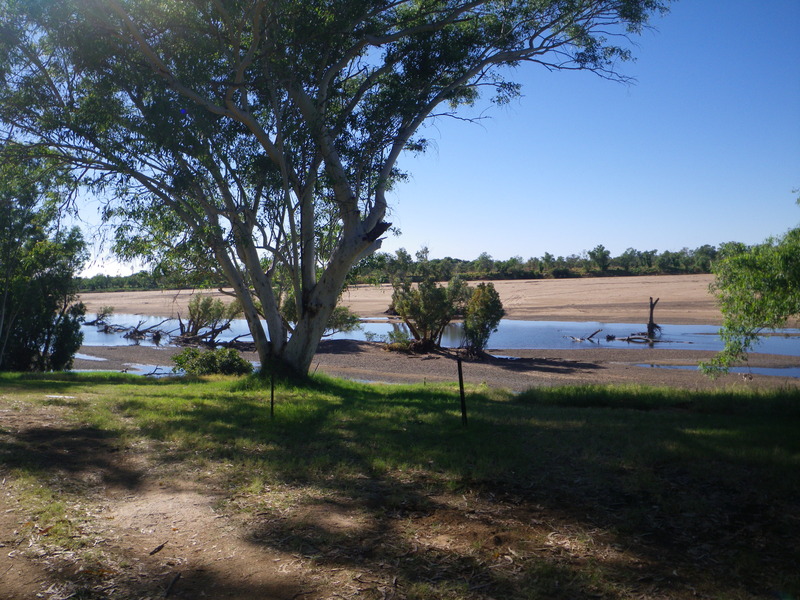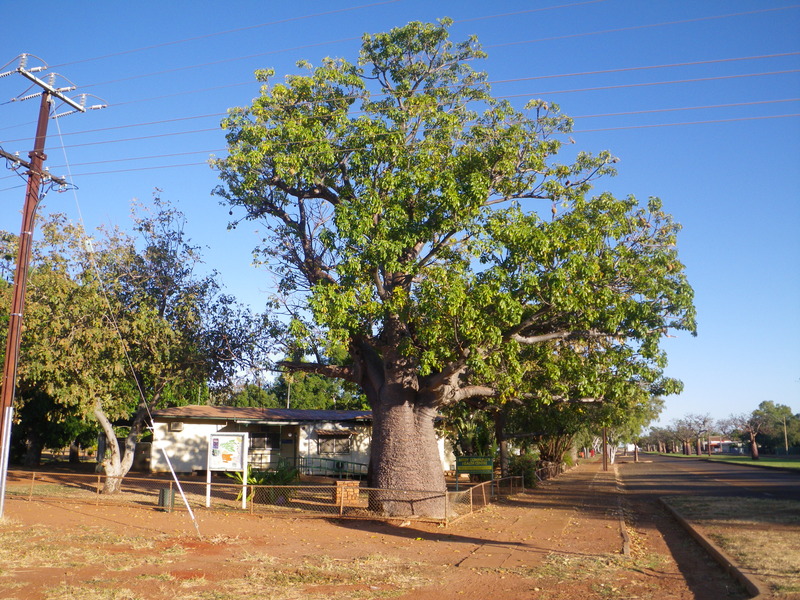
Derby is indeed full of Boab. If you know Baobabs, you will recognize the Boabs.


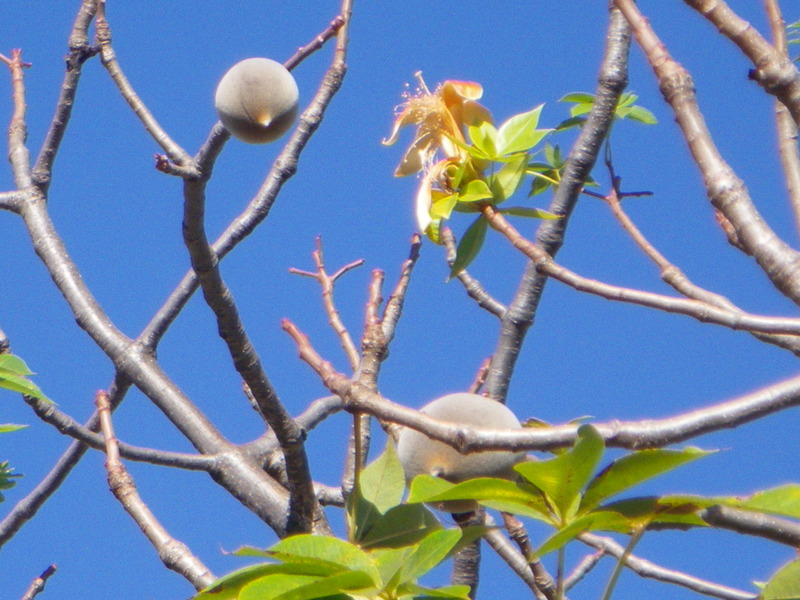
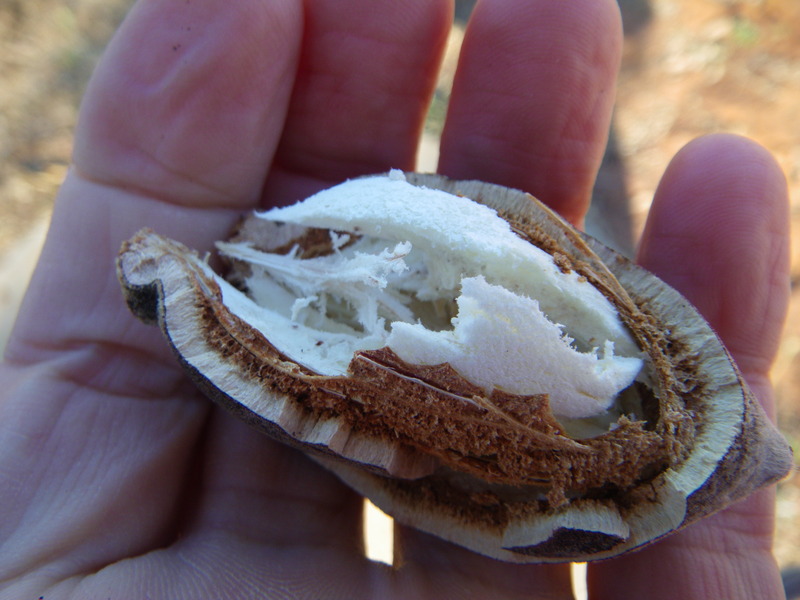
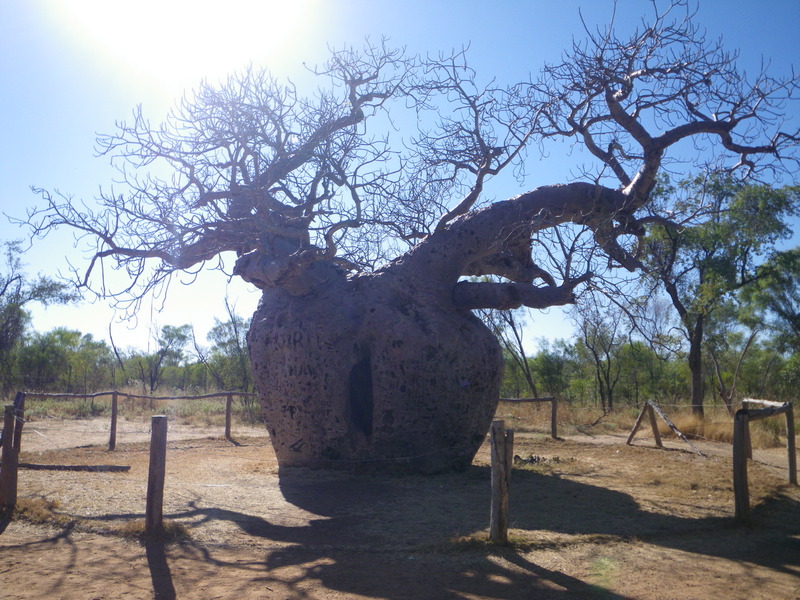
The opening in this last tree is large enough for a person to enter. I did not go inside, as it seemed disrespectful according to the many signs in the area, but probably it was used as a temporary shelter in the past.
According to a sign I saw, Boabs are known as larrkardiy in a local aboriginal language. Termite mounds are called Jilkarr. Both are treated with reverence.
Back in Derby, I had a chance to observe the highest tides in Australia. The dock, which is circular, is well over 10m above water at low tide, and probably fairly close to the water at high tide. These pictures are at low tide.
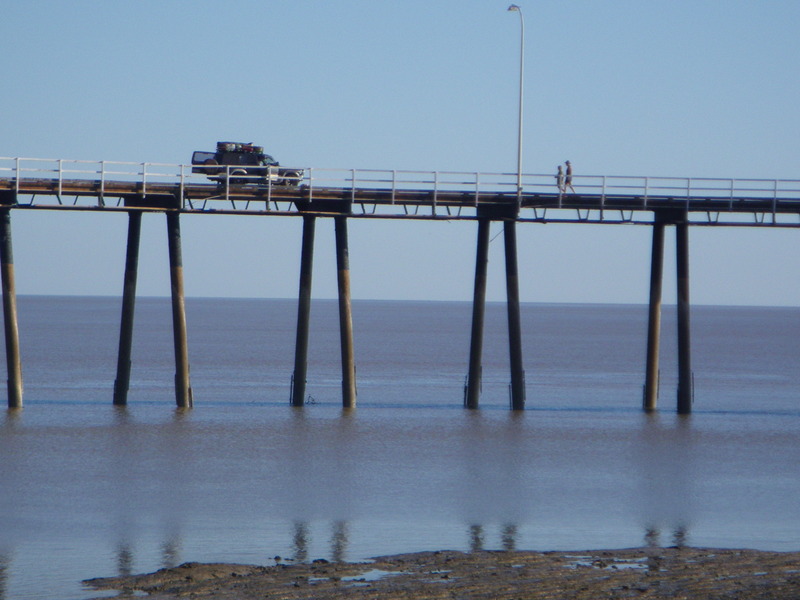

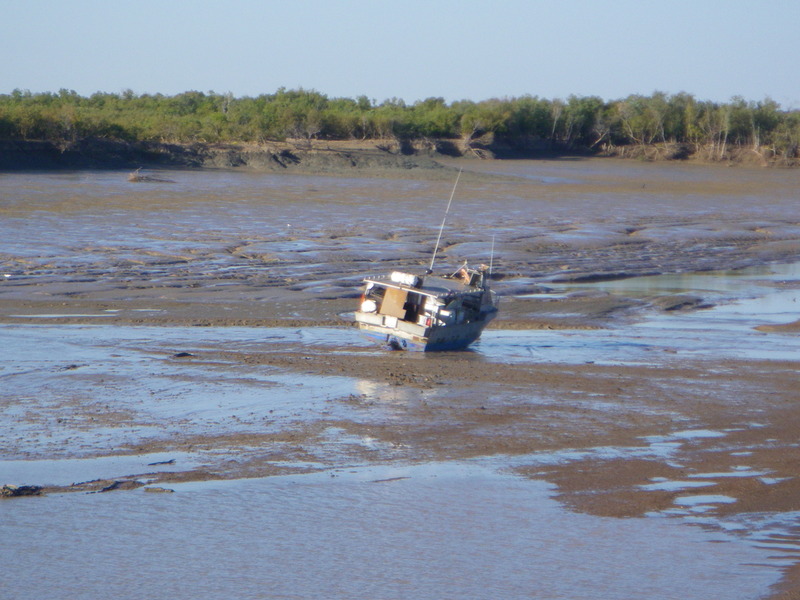
I suspect these trucks will be unloaded at high tide.
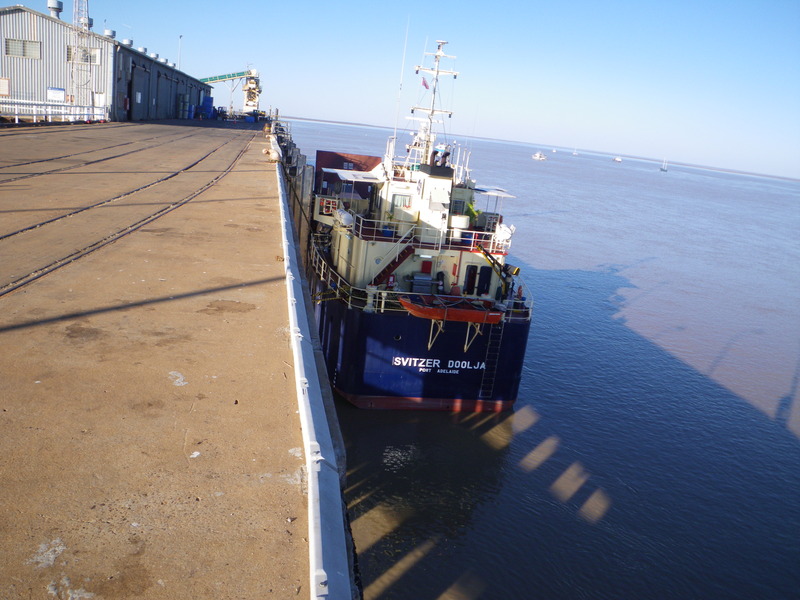
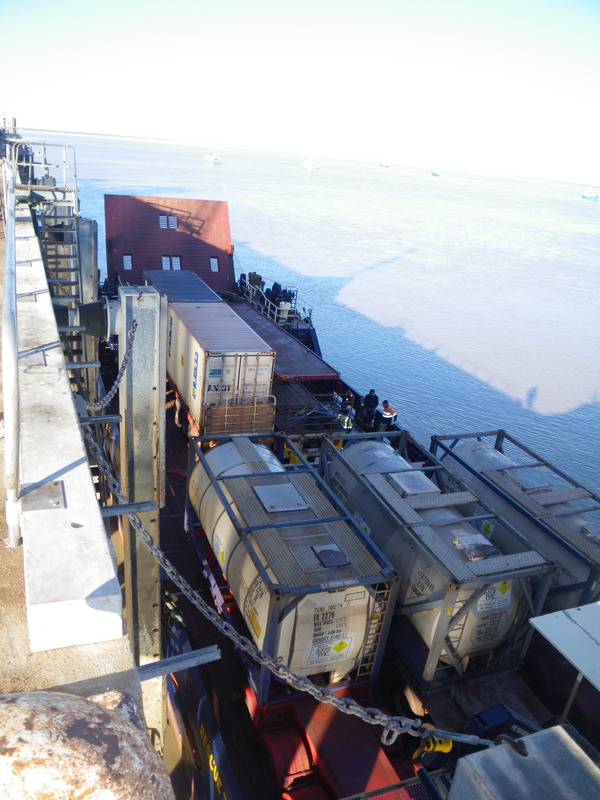
Speaking of trucks.

Derby is the start of the Gibb River road, which runs 700km all the way through the Kymberleys to Wyndham and Kununurra. Most of it is unpaved, and the road is closed during the wet season.
There is also some interesting nature.

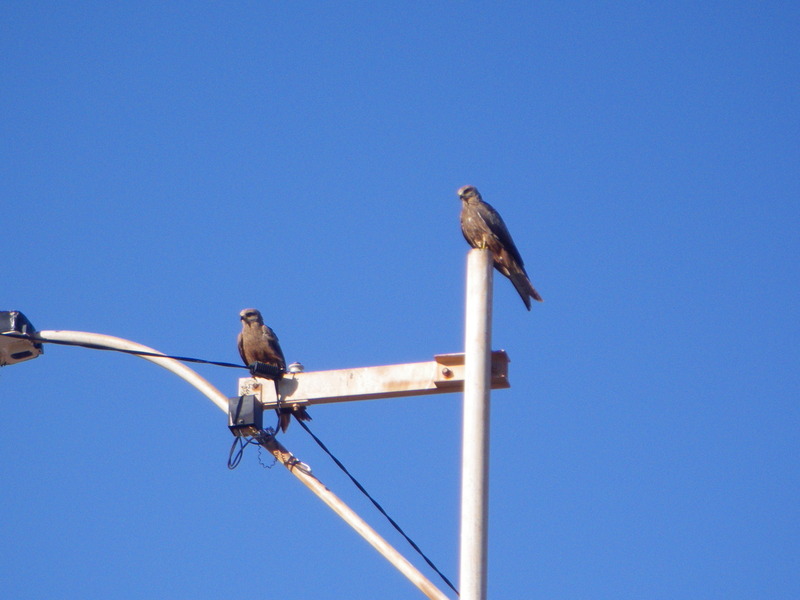
And I was very happy to see some impressive Boabs well outside the city. They clearly grew here naturally.
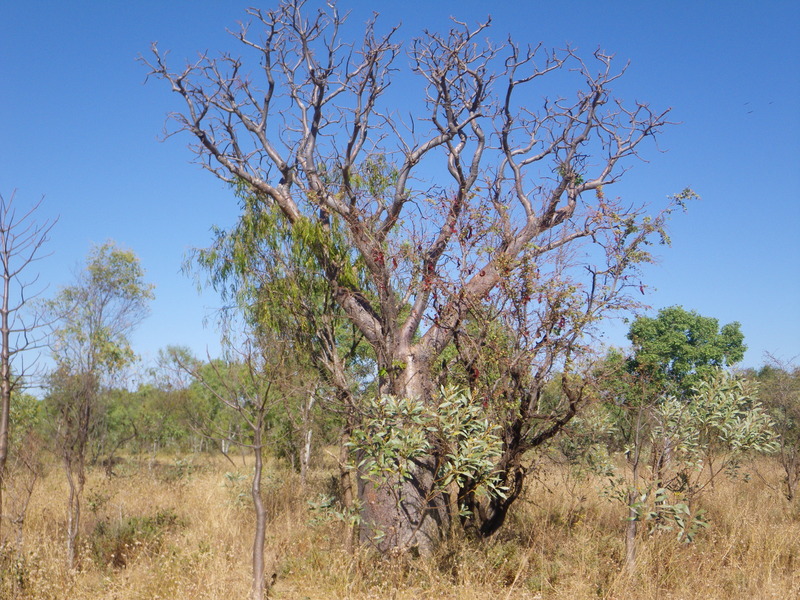
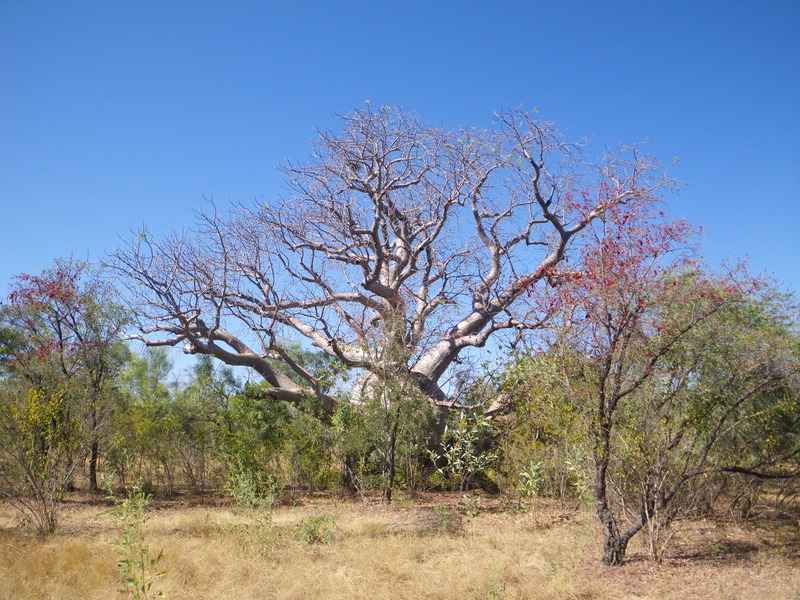
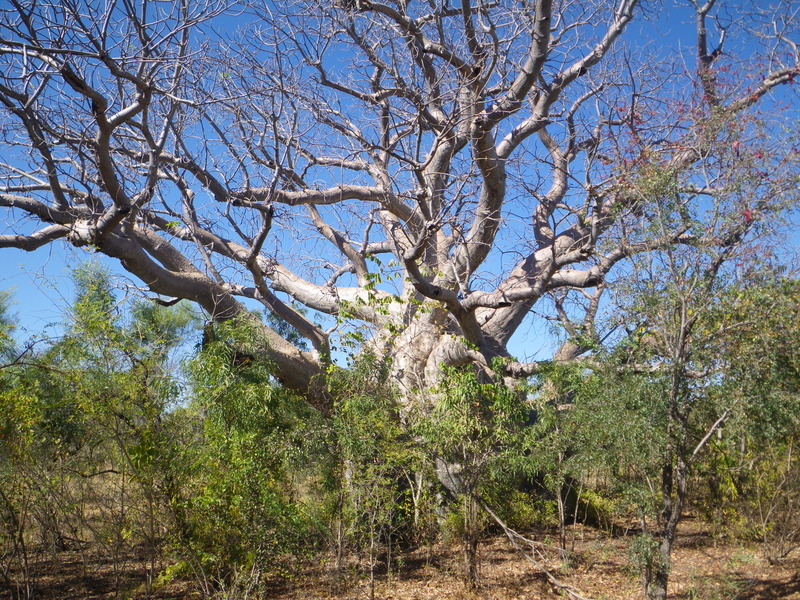

Australia is metric now, but interestingly, there is a town called "12 mile" about 18km from Derby.
The Fitzroy river ends in Derby and begins somewhere in the middle of the Kimberley mountains. From what I have heard, the Fitzroy is the river with the largest volume of water flow in Australia.
In between Derby and the heart of the Kimberleys, the Great Northern Highway crosses the river exactly once, at Fitzroy Crossing.
Near Fitzroy crossing is a Geigie national park that, unusually for national parks in this part of the world, can be reached by a short drive on paved roads. There are two other national parks in this area, Tunnel Creek and Windjana Gorge, but they can only be reached by a long drive on unpaved roads. All three of these parks are related to a reef that was built in the Devonian period, 400 to 350 million years ago, and is now a deep layer of limestone.
Geigie national park includes a beautiful gorge of the Fitzroy river, called Geigie gorge (the first part of the word "Geigie" is pronounced like "Geisha", and the second part like the letter "G"). The gorge is named after Sir Archibald Geigie, who never visited the area, but who from London supervised the work of surveying this area to find good places for cattle farming.
There is talk of renaming the gorge and the national park "Darngku", the native name for this area. Our guide pronounced it something like "Dannagu".
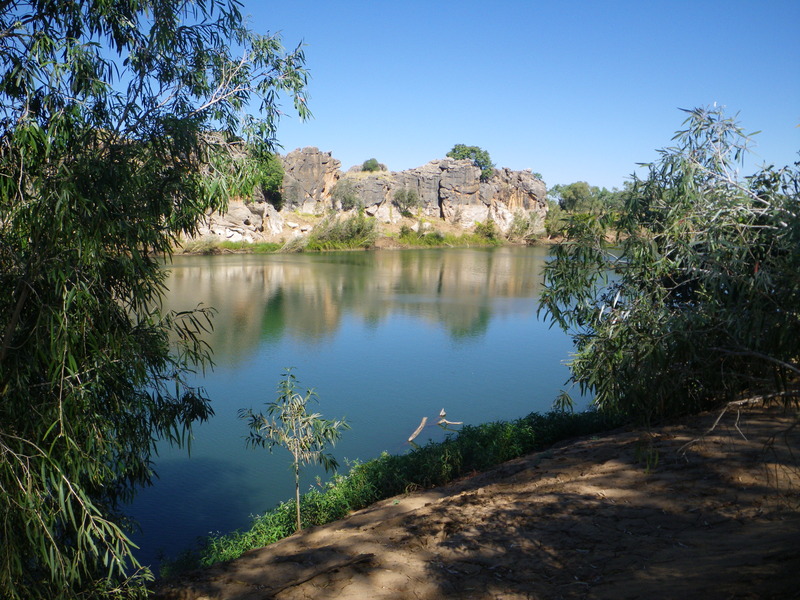
The limestone cliffs, while small, have interesting shapes, and there are many, many birds, many more than I was able to take pictures of. The birds that build mud nests on the underside of cliffs are Fairy Martins.
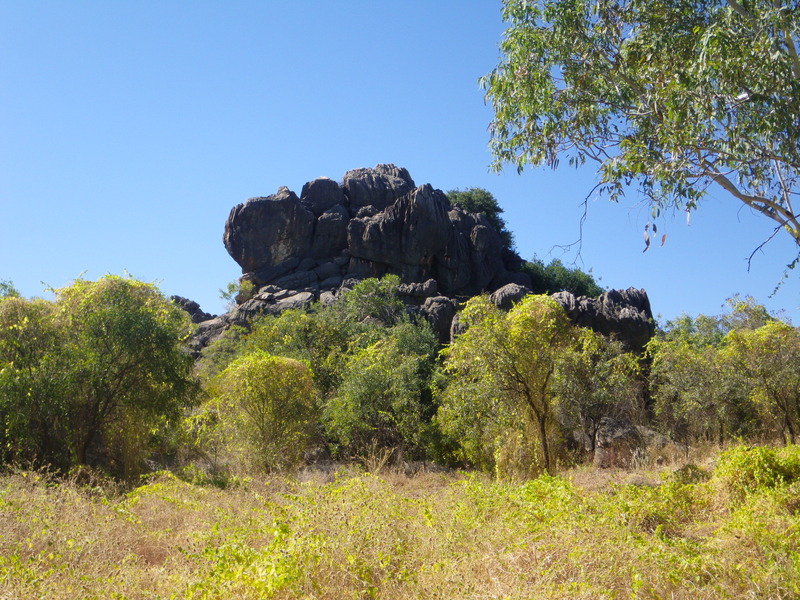

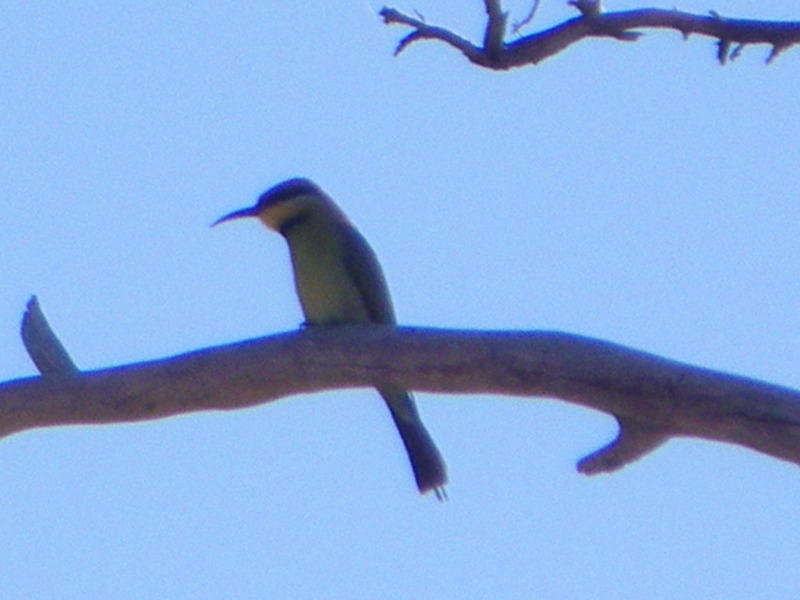

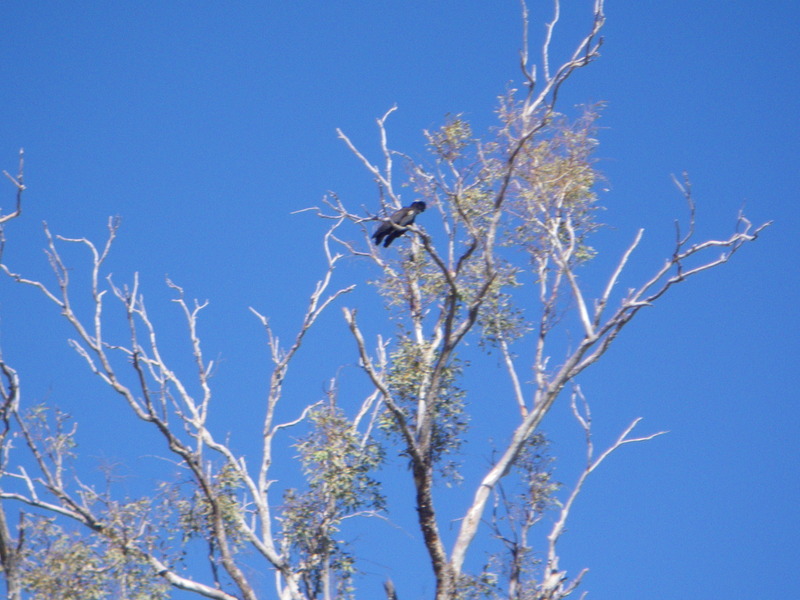

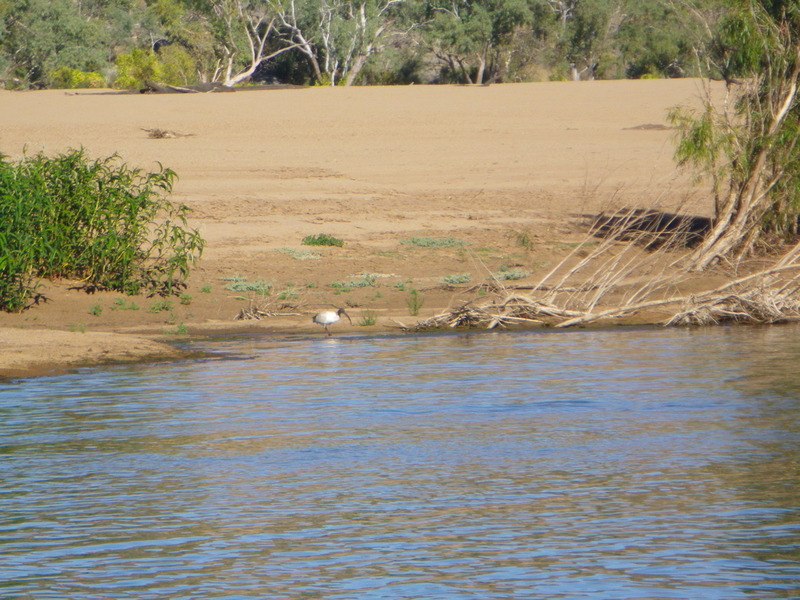
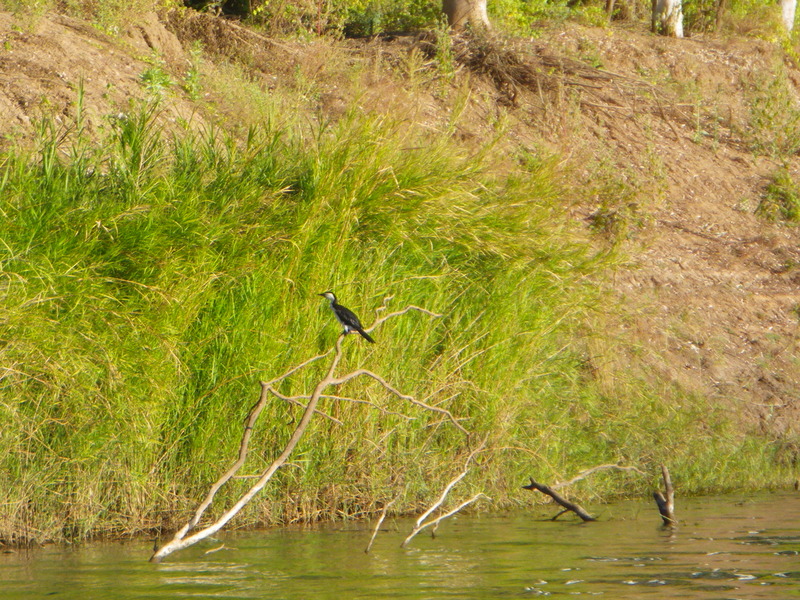
The watergrass in the last picture apparently makes a very good nursery for different species, and in particular, the young of the freshwater crocodiles which inhabit this area.
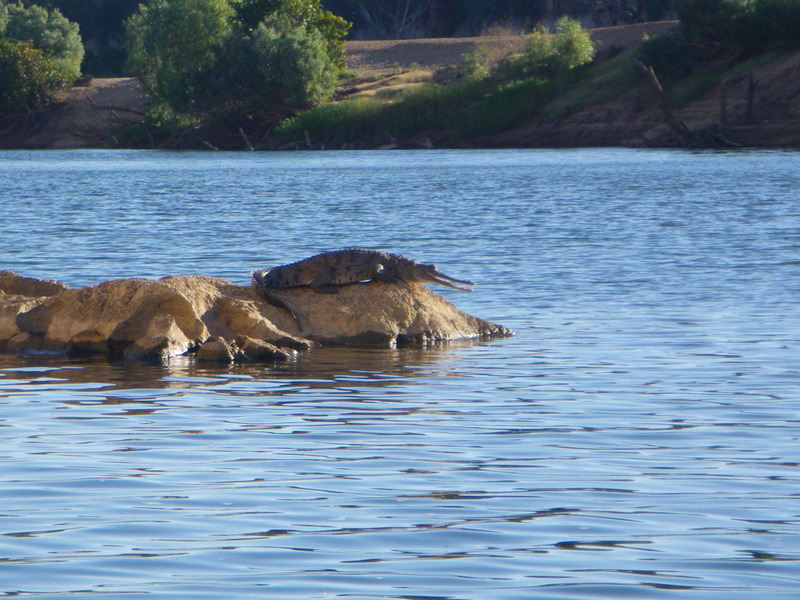
These crocodiles are smaller than the famous Australian saltwater crocodiles, which can reach up to 6m in length. These "freshies" only reach about 3m, and attacks on people are both rare and rarely fatal.
With a ranger and about 30 other people, I took a 1-hour boat tour on the river which was very interesting. We saw lots of crocodiles.
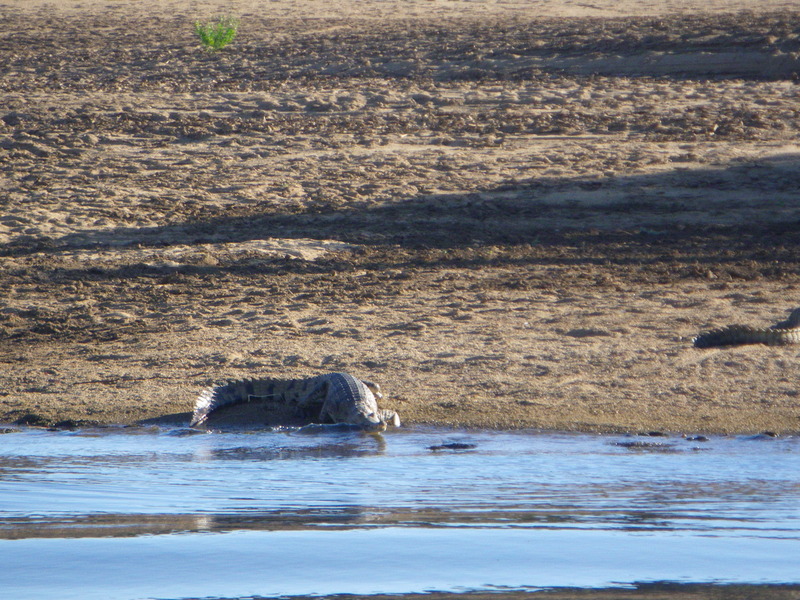
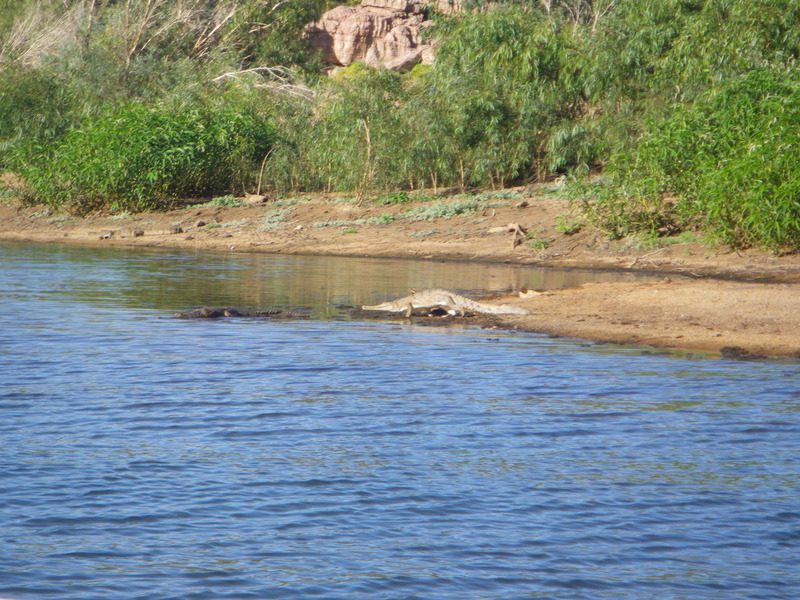
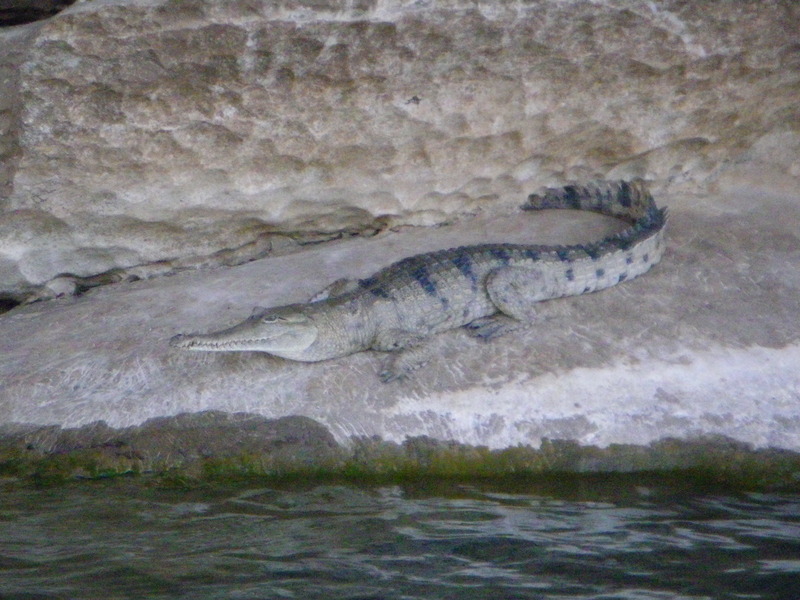
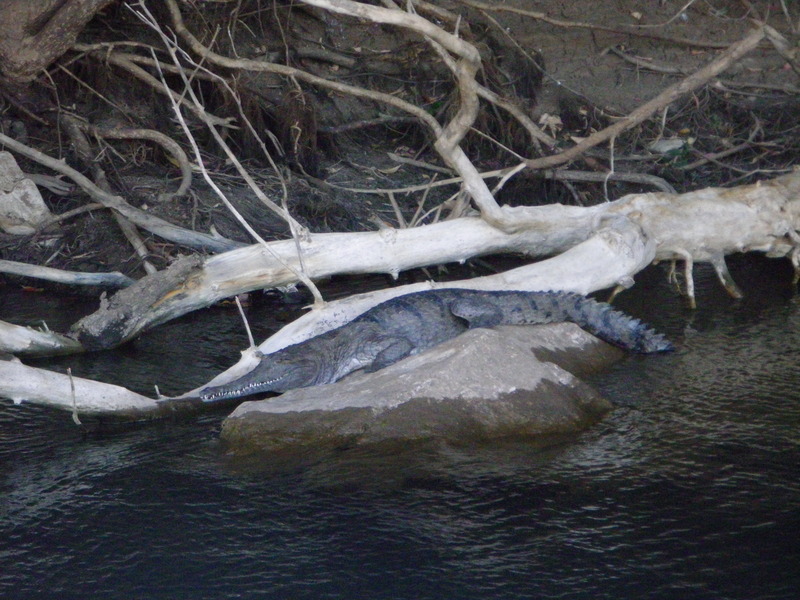
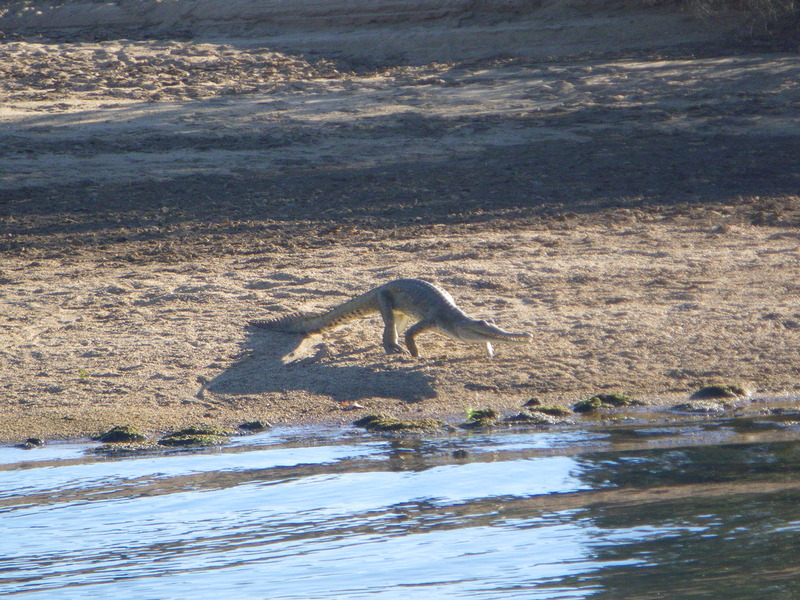
The crocodile in the last picture is arching his back because he feels threatened by our boat, and is trying to look bigger than he is.
The crocodile in the picture before that is resting among the roots of a freshwater mangrove.
There were also freshwater pandanus, presumably related to Hawaiian "hala" trees.

Besides the crocodiles, the most interesting part of this area are the cliffs. Because this is the dry season, the river level is low. When the river level is high, it leaves a white water mark on the limestone cliffs, about 16m above the current level.
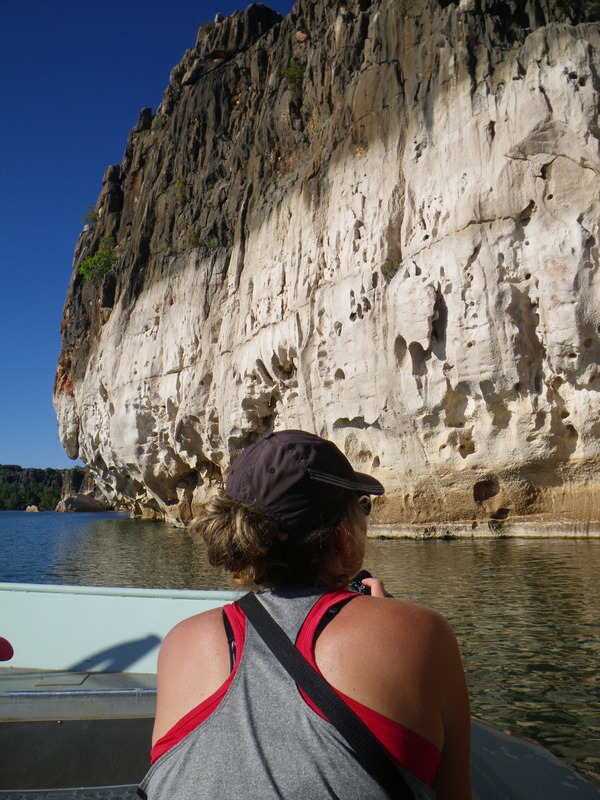
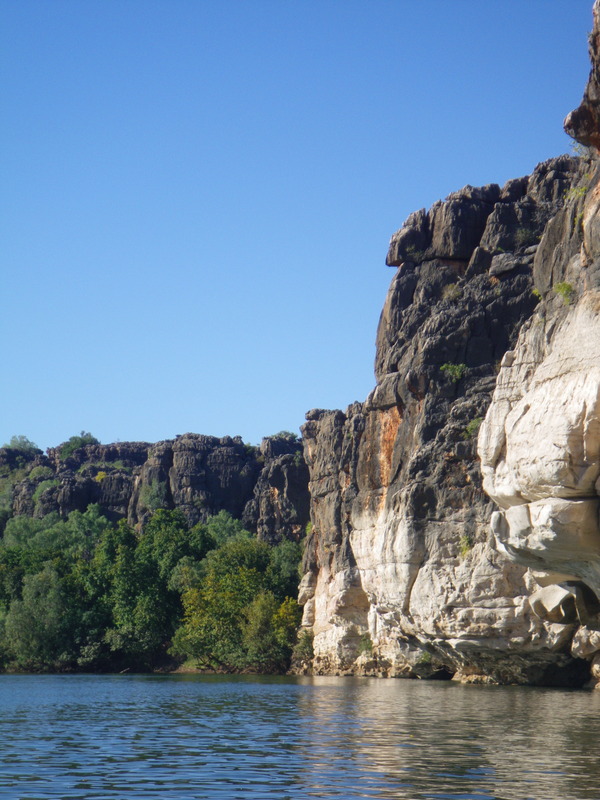
Being limestone (calcium carbonate, like Ko Phi Phi near Phuket), the cliffs also form caves, stalactites, and stalagmites.


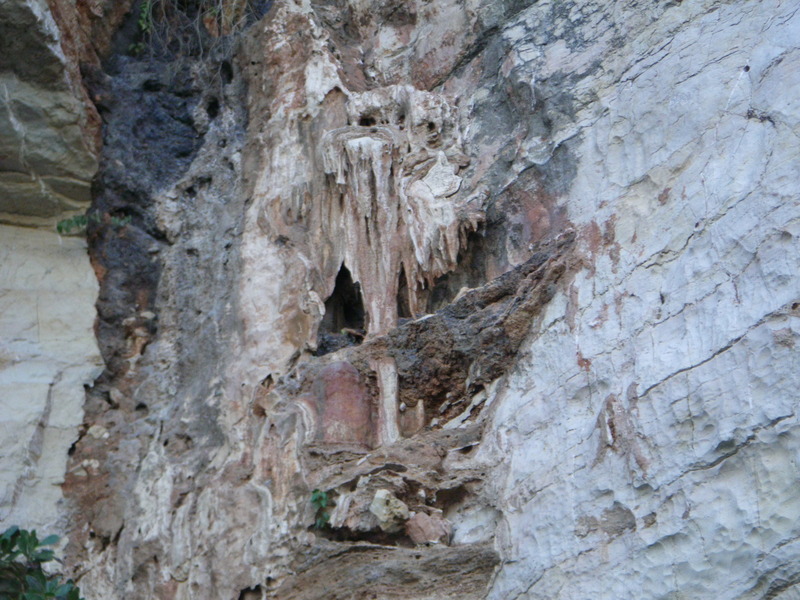
And this particular part of the cliff is supposed to resemble Richard Nixon.
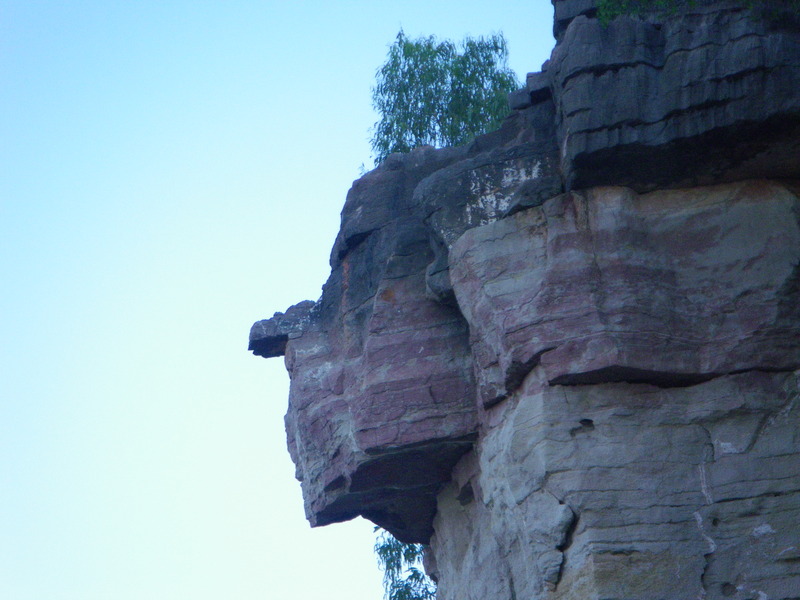
Some of the cliffs have a pink color due to some algae that were incorporated into the rock when the reef was alive. Other colors are due to minerals and oxidation.

All the trees by the river, by the way, are underwater when the Fitzroy river flooods each year, during the wet season.

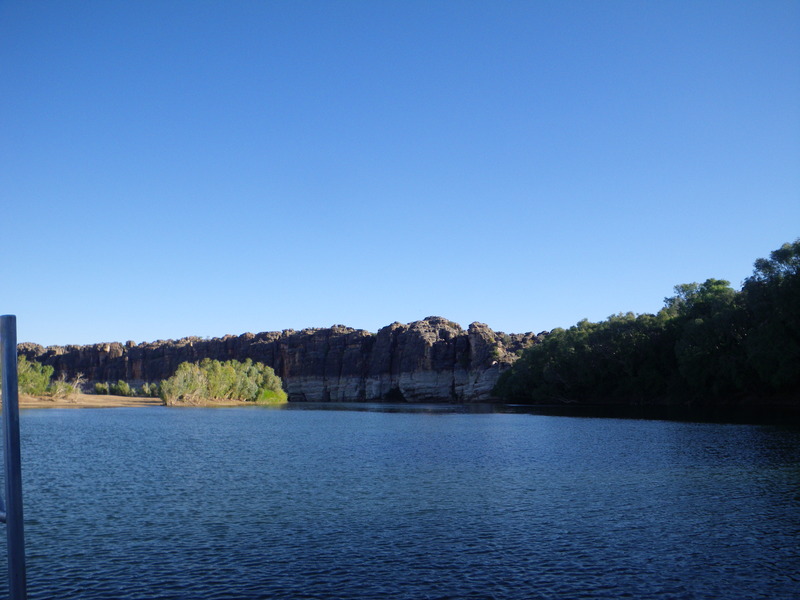
This is a picture of the Fitzroy river from my hotel. In 2010, this hotel was flooded up to the roof.
